Ontario premier Dalton McGuinty has proposed a new children’s activity tax credit that goes beyond the federal one to cover non-physical activities in addition to fitness programs.
Under McGuinty’s proposal, the province would allow tax credits for non-sports activities such as dance, music, and crafts lessons.
“This new measure would help children get involved in activities where they can enjoy themselves, feel a sense of accomplishment and make friends,” McGuinty said in a news release.
“At the same time, we want to make it easier for parents to provide those opportunities by saving them money and helping their budget.”
The federal Children’s Fitness Tax Credit introduced in 2007 implements a non-refundable tax credit based on certain eligible fitness expenses.
Unlike the federal tax credit, the Ontario tax credit would be refundable, so that families with low income who pay no or very little tax can benefit as well.
The new proposal would allow parents to claim up to $500 of eligible expenses per child, receiving up to $50 for a child under 16 years, and up to $100 for a child with a disability under 18 years.
The provincial government estimates that the new tax credit would provide about $75 million to assist with the extracurricular activity expenses and benefit 1.8 million children in about 1.1 million families in the province.
An Ipsos Reid poll conducted for RBC last March found that 42 percent of Canadian families with children under 12 are not taking advantage of tax savings such as Child Amount Tax Credit and Children’s Fitness Tax Credit. Of those polled, 17 percent said they are not aware what options are available to them.
Another Ipsos Reid poll conducted for Intuit Canada in April shows Edmonton has the highest number of children using the Children’s Fitness Tax Credit, putting the figure at 12 percent. Calgary holds second place with 10 percent, with Saskatoon in third place at 7 percent.
Vancouver, Ottawa, and Halifax are next with 6 percent each, followed by Quebec City, the Greater Toronto Area, and Winnipeg with 5 percent and Montreal with 3 percent.
A study by University of Alberta behavioural scientist John Spence found that the federal tax credit is benefiting wealthier families who can already afford to register their children in sport activities, rather than children in low-income families.
Spence argues that families with lower incomes are less likely to take advantage of the tax credit as they cannot afford the costs of organized sports.
Manitoba and Yukon also provide non-refundable child fitness tax credit complementing the federal one. Nova Scotia has a non-refundable tax credit as well that previously covered children up to 17 years old, but was extended last year to include adults as well.
Saskatchewan provides a refundable tax credit of up to $150 per child for sport as well as recreational and cultural activities.
Ontario intends to introduce the new tax credit legislation this fall. Once it comes into effect, parents can claim expenses beginning with the 2010 tax year on their annual income tax return.
The proposed tax credit divides children’s activities into two categories of fitness and non-fitness activities. To be eligible, the fitness activities must meet the same criteria as the federal tax credit, which include being ongoing, supervised, and suitable for children, as well as having a significant amount of physical activity.
Non-fitness activities must fall under certain categories including music, drama, dance, visual arts, language instruction, and tutoring in academic subjects, among others.
Under McGuinty’s proposal, the province would allow tax credits for non-sports activities such as dance, music, and crafts lessons.
“This new measure would help children get involved in activities where they can enjoy themselves, feel a sense of accomplishment and make friends,” McGuinty said in a news release.
“At the same time, we want to make it easier for parents to provide those opportunities by saving them money and helping their budget.”
The federal Children’s Fitness Tax Credit introduced in 2007 implements a non-refundable tax credit based on certain eligible fitness expenses.
Unlike the federal tax credit, the Ontario tax credit would be refundable, so that families with low income who pay no or very little tax can benefit as well.
The new proposal would allow parents to claim up to $500 of eligible expenses per child, receiving up to $50 for a child under 16 years, and up to $100 for a child with a disability under 18 years.
The provincial government estimates that the new tax credit would provide about $75 million to assist with the extracurricular activity expenses and benefit 1.8 million children in about 1.1 million families in the province.
An Ipsos Reid poll conducted for RBC last March found that 42 percent of Canadian families with children under 12 are not taking advantage of tax savings such as Child Amount Tax Credit and Children’s Fitness Tax Credit. Of those polled, 17 percent said they are not aware what options are available to them.
Another Ipsos Reid poll conducted for Intuit Canada in April shows Edmonton has the highest number of children using the Children’s Fitness Tax Credit, putting the figure at 12 percent. Calgary holds second place with 10 percent, with Saskatoon in third place at 7 percent.
Vancouver, Ottawa, and Halifax are next with 6 percent each, followed by Quebec City, the Greater Toronto Area, and Winnipeg with 5 percent and Montreal with 3 percent.
A study by University of Alberta behavioural scientist John Spence found that the federal tax credit is benefiting wealthier families who can already afford to register their children in sport activities, rather than children in low-income families.
Spence argues that families with lower incomes are less likely to take advantage of the tax credit as they cannot afford the costs of organized sports.
Manitoba and Yukon also provide non-refundable child fitness tax credit complementing the federal one. Nova Scotia has a non-refundable tax credit as well that previously covered children up to 17 years old, but was extended last year to include adults as well.
Saskatchewan provides a refundable tax credit of up to $150 per child for sport as well as recreational and cultural activities.
Ontario intends to introduce the new tax credit legislation this fall. Once it comes into effect, parents can claim expenses beginning with the 2010 tax year on their annual income tax return.
The proposed tax credit divides children’s activities into two categories of fitness and non-fitness activities. To be eligible, the fitness activities must meet the same criteria as the federal tax credit, which include being ongoing, supervised, and suitable for children, as well as having a significant amount of physical activity.
Non-fitness activities must fall under certain categories including music, drama, dance, visual arts, language instruction, and tutoring in academic subjects, among others.
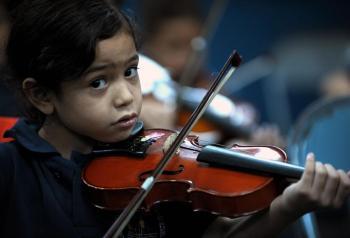

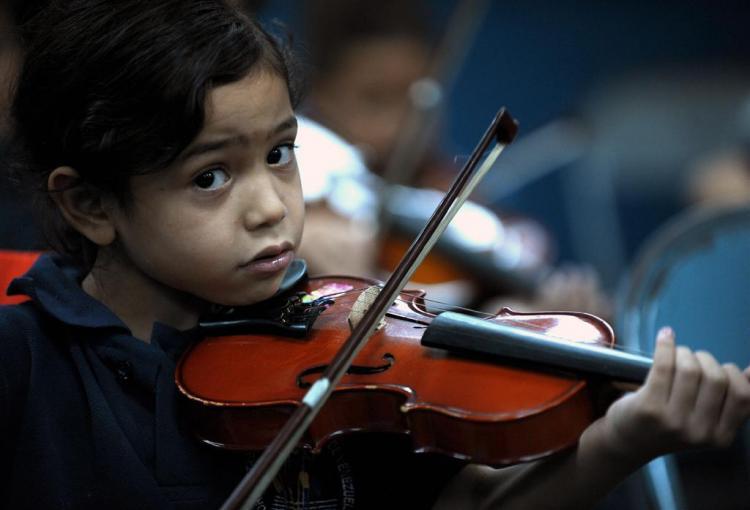
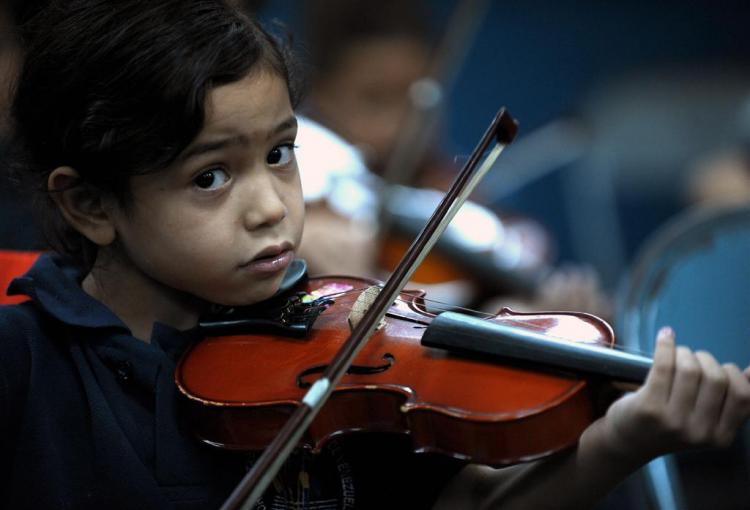

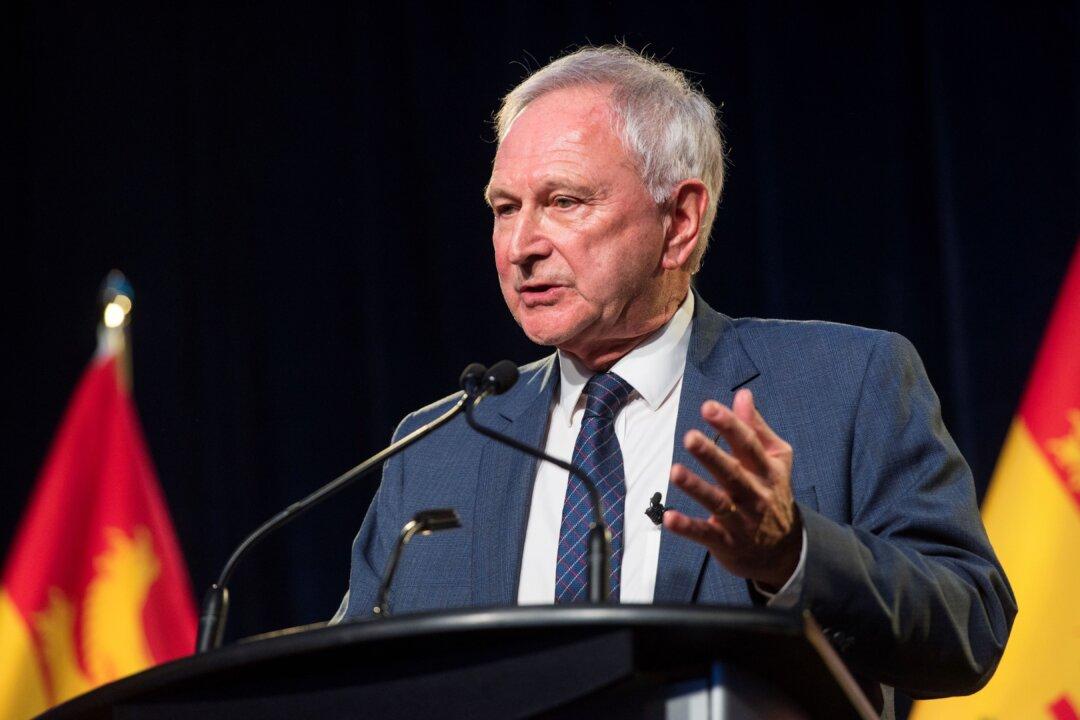
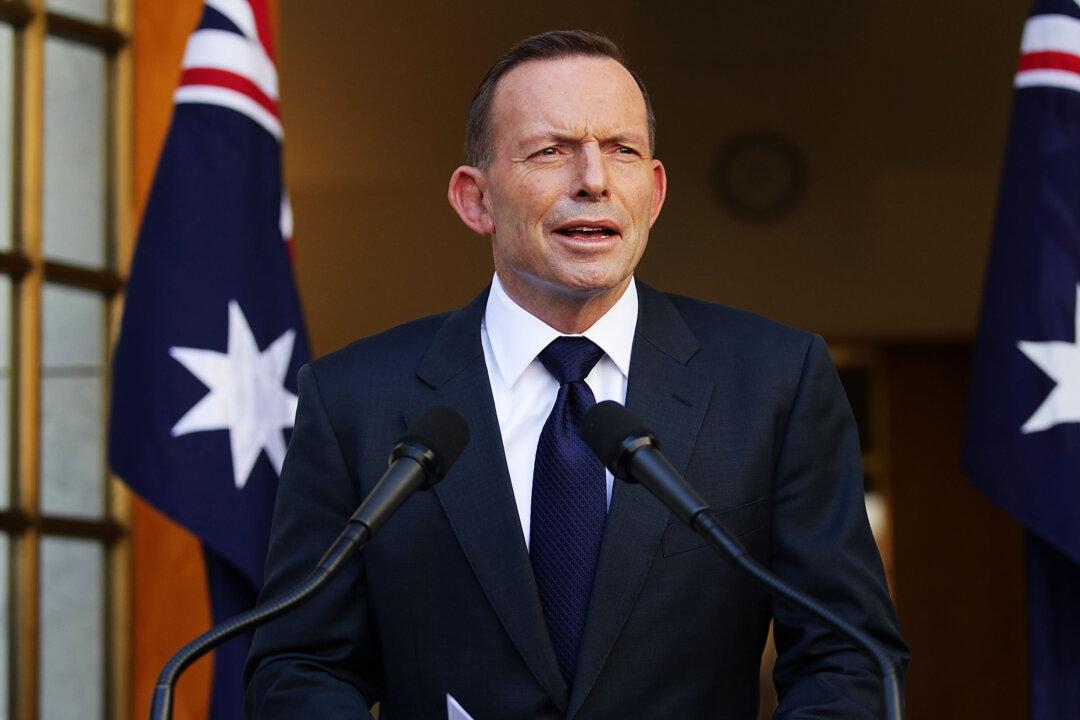

Friends Read Free